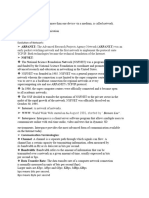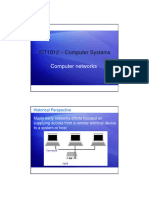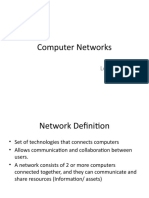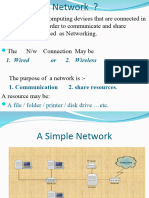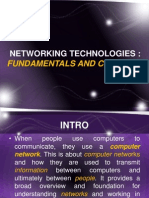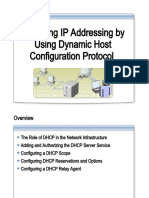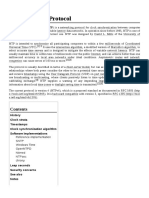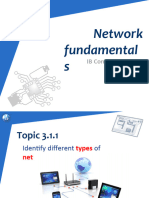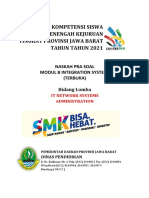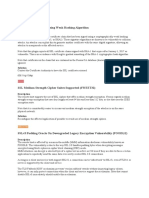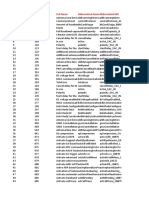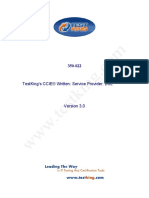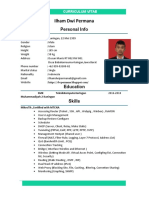0% found this document useful (0 votes)
34 views8 pagesNetworking
The document provides an overview of computer networks, including definitions, advantages, disadvantages, components, types, and protocols. It discusses various network topologies, devices, and transmission media, along with the evolution of networking from ARPANET to the Internet. Additionally, it covers web services, URLs, domain names, and web hosting, highlighting the importance of protocols like HTTP, FTP, and SMTP in data communication.
Uploaded by
fenics2626Copyright
© © All Rights Reserved
We take content rights seriously. If you suspect this is your content, claim it here.
Available Formats
Download as PDF, TXT or read online on Scribd
0% found this document useful (0 votes)
34 views8 pagesNetworking
The document provides an overview of computer networks, including definitions, advantages, disadvantages, components, types, and protocols. It discusses various network topologies, devices, and transmission media, along with the evolution of networking from ARPANET to the Internet. Additionally, it covers web services, URLs, domain names, and web hosting, highlighting the importance of protocols like HTTP, FTP, and SMTP in data communication.
Uploaded by
fenics2626Copyright
© © All Rights Reserved
We take content rights seriously. If you suspect this is your content, claim it here.
Available Formats
Download as PDF, TXT or read online on Scribd
/ 8




